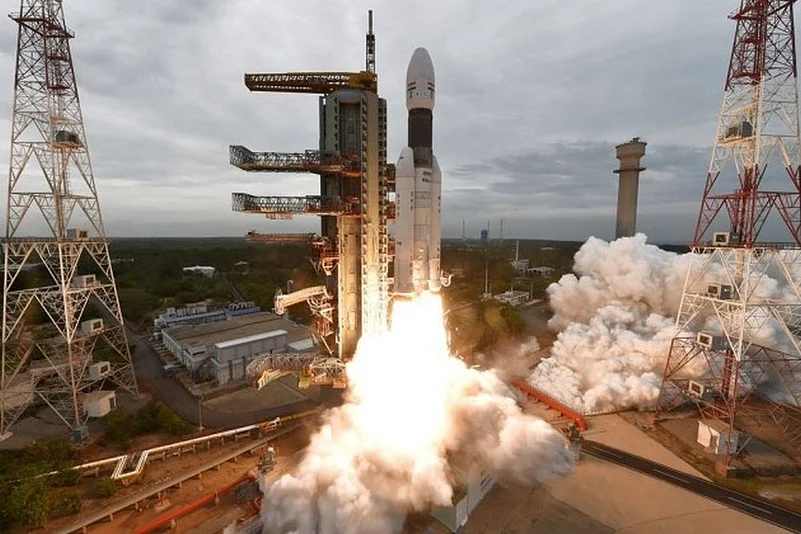
Chandrayaan-2’s orbiter made the first direct measurement of solar wind interactions with the Moon’s surface, detecting chemical changes in the regolith.
The data, captured by the orbiter’s X-ray spectrometer, offers new insights into lunar surface evolution, enhancing global understanding of the Moon’s environment.
Despite the lander’s setback, Chandrayaan-2’s orbiter continues to deliver groundbreaking results, reinforcing India’s role in lunar exploration.
The Indian Space Research Organisation (ISRO) announced a historic achievement as its Chandrayaan-2 orbiter recorded the first-ever direct observations of the Sun’s impact on the Moon’s surface. The data, collected by the orbiter’s advanced instruments, reveals how solar winds—streams of charged particles from the Sun—interact with the lunar regolith, causing subtle chemical and physical changes. This milestone marks a significant contribution to understanding the Moon’s space environment.
Launched in July 2019, Chandrayaan-2’s orbiter has been operational despite the lander’s hard landing, consistently delivering high-quality data. ISRO scientists noted that the orbiter’s X-ray spectrometer detected unique signatures of solar wind particles altering the lunar soil, a phenomenon previously studied only indirectly through remote sensing. These findings could reshape models of lunar surface evolution and aid future missions, including those planning to utilize lunar resources.
The discovery underscores India’s growing prowess in space exploration and aligns with global efforts to study the Moon as a stepping stone for deeper space missions. ISRO plans to publish detailed findings in upcoming scientific journals, further solidifying Chandrayaan-2’s role in advancing lunar science.


























